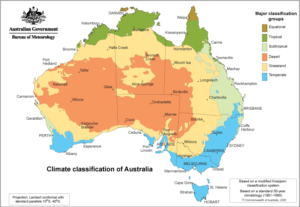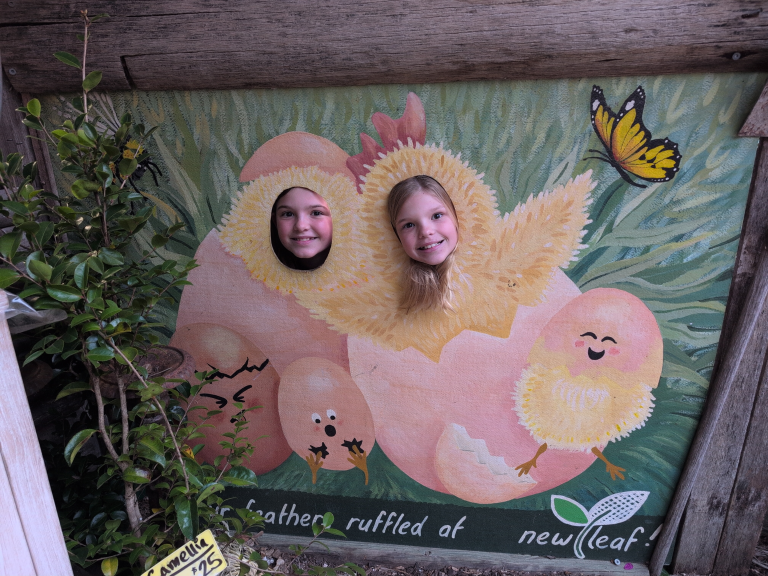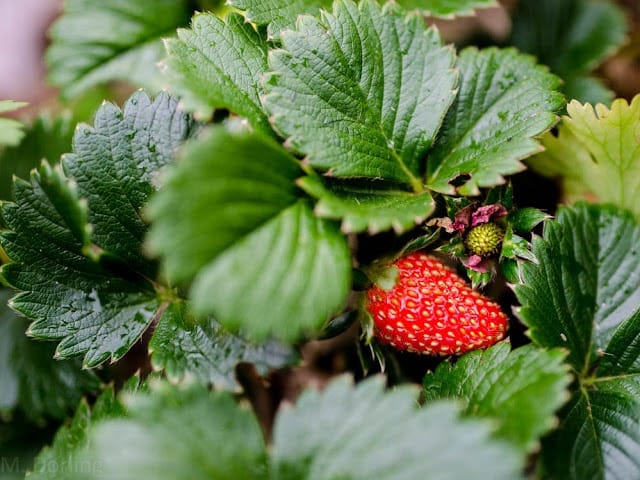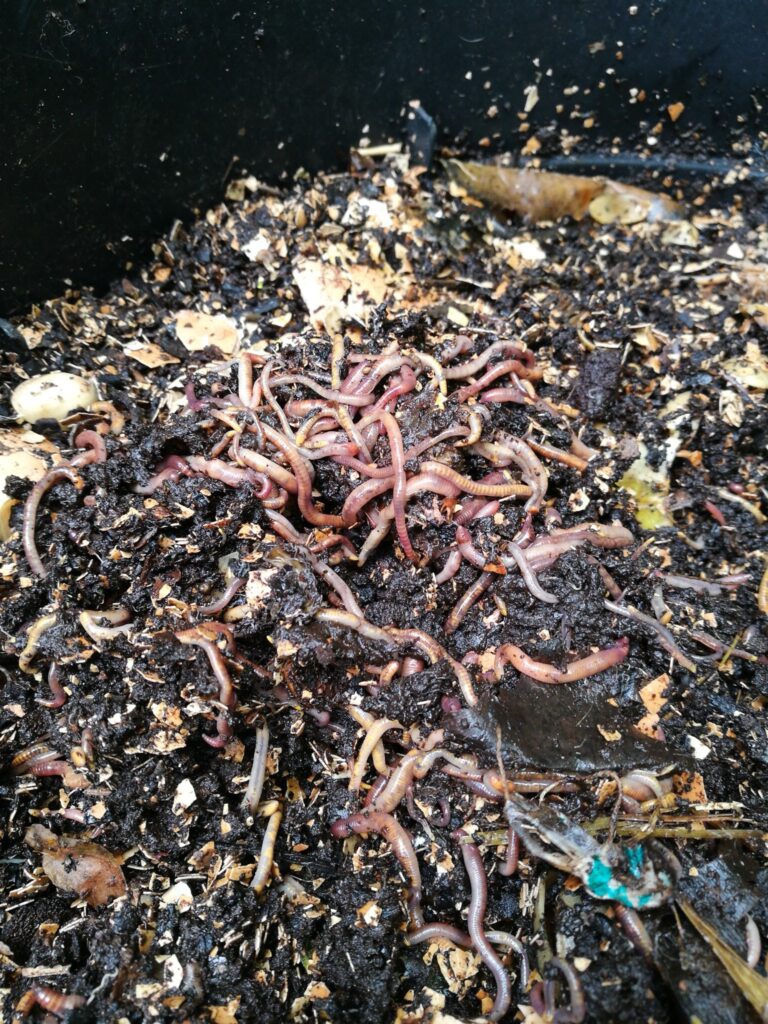Autumn Gardening-Success and Failures in a Temperate Zone, Australia
It’s time for a long overdue vegetable gardening tour! The video below shows you everything I’ve got growing at the moment, the successes, the failures, and my plans for autumn.
If you’re wondering what you should plant in your New South Wales, temperate zone vegetable garden in the month of March then you’re in the right place.
If you aren’t familiar with the gardening zones, Sydney is in the Temperate climate classification of Australia. We have warm, mild temperatures here on the Northern Beaches. The days are getting cooler as summer has ended and autumn has begun.
This is the perfect time to garden without turning into a sweaty Betty with the summer heat. Plants and seeds also love this milder weather.

Join me in my one year old vegetable garden where I’m still working on improving the soil condition. I’m also adjusting to working in a much smaller space. This means using more plant support frames to garden vertically.
Remember friends, done is better than perfect, and growth happens outside your comfort zone.
Gardening Successes
All the herbs and tomato plants are still thriving. At the moment I’m pinching out the tops of the basil to stop it from going to seed. Herbs thrive on being harvested. If you aren’t cutting your herbs every few days to eat them you should give them a trim. This will promote growth and stop them from going to seed.
The tomato plants are still producing fruit, so now is a good time to cut out the extra leaves. A good prune stops the plant from sending energy to support leaves that could be sent to fruit production. Remember, your plants still need some leaves for photosynthesis. Removing extra leaves also opens the plant up to breath better and let in more sunlight.
Tomato leaves, stems and roots should be put in your green waste bin since most home compost systems won’t get hot enough to kill off plant diseases like blight.
Gardening Failures
You will see in the video above that I planted okra for the first time. I bought an okra plant from the garden nursery since we love eating okra and I’ve heard it’s a very productive plant. At first it was looking strong but then it just died. At this point I’m assuming it needed more watering than the rest of the garden. I need to research how hard it is to grow from seed since I could collect them from the pods.
The old me would get distracted, go and research that now and put those details in this post. But this me is working on staying focused and getting things done. So, I will endeavor to master growing okra and when I do I will let you know.
The whole point of sharing this is to let you know that every gardener has failures. Focus on your success and more will come! Everyone can have a green thumb, you just need to get your hands in the soil more.
Plans For The Vegetable Garden
Autumn in the perfect time to plant peas. They are one of our favourite things to harvest from the garden. You can’t beat home picked peas or strawberries. Peas and beans are in the group of plants that don’t like to be transplanted. So plant them straight in your vegetable garden (or pot) with a trellis for them to grow up.

Lettuce grows all year round, and whilst you may not feel like eating salad now, lettuce is always nice on a sandwich. Plant seeds in punnets to give them a strong start. I also like to plant them in a shallow decorative pot and have a lettuce garden on my back table. That way you are less likely to forget about your seeds and let them dry out.
If you and your family like eating beetroots, brocolli and carrots then now is the time to sow seeds. We only eat the beetroot leaves at the moment since I’m too lazy to bother with the mess of beetroot. But the leaves are delicious and so pretty in a salad. I have no doubt in my mind that in a few years we will be eating the beetroots. But life is too busy at the moment.
I live in Australia, and order my seeds from The Diggers Club who have a great variety of heirloom seeds.
Companion Planting
One of my favorite tips for a thriving garden is companion planting. This is where you pair plants that support each other, either by repelling pests or improving growth. For example, planting basil next to tomatoes helps keep those pesky bugs away. Or you can plant marigolds to deter aphids from your veggies. So, when you are sowing seeds and planting out seedlings keep in mind what plants go well together.
Sustainable Gardening Australia has a great Companion Planting list here.
Fertilising and Improving Soil Condition
Don’t forget to feed your garden! Apply a slow-release organic fertilizer to give your plants a boost as they grow. I love using compost or worm castings. They’re all natural and will improve your soil’s structure. You can make your own worm tea at home with a worm farm. This helps you close the loop on food waste and be more self sufficient.
For everyone who has asked, I mostly wear Crocs when gardening since they clean off and dry so quickly. For mowing the lawns and mulching I wear gumboots since we have spiders and snakes in my local area. I’ve had more spider bites than I can count. However, I haven’t seen a snake in my garden yet. I would love a diamond python around the place to manage the pests.
Leave a comment to let me know what gardening successes, failures and plans you have. Until next time, happy gardening!
The Beaches Farm Girl Shortcuts
For a shortcut home click here.
To see what is growing in my backyard farm click the link.
Want to read about parenting, click the link.
For restaurant reviews click the link.
Tips and tricks for sustainable living.
Support me sharing my content by donating at https://www.paypal.com/paypalme/TheBeachesFarmGirl
The Beaches Farm Girl reviews products independently and is supported by you, our audience. I may earn (but often don’t) an affiliate commission from products you purchase by the links on this page. Please remember to shop pre-loved, small and local when it’s an option. For books, visit your local library.


